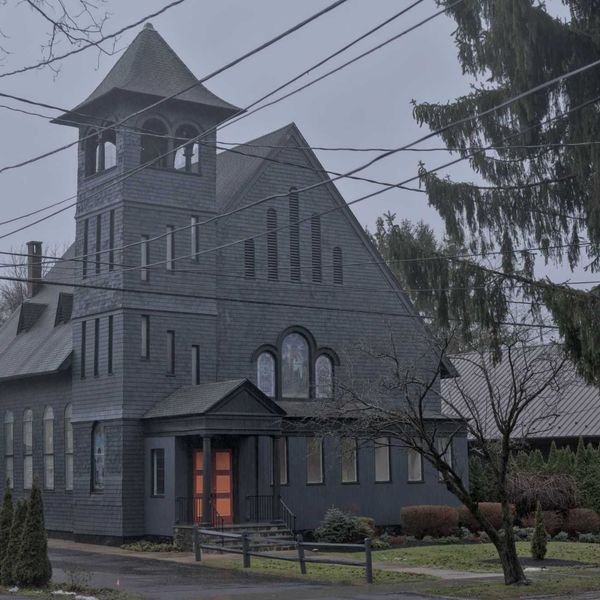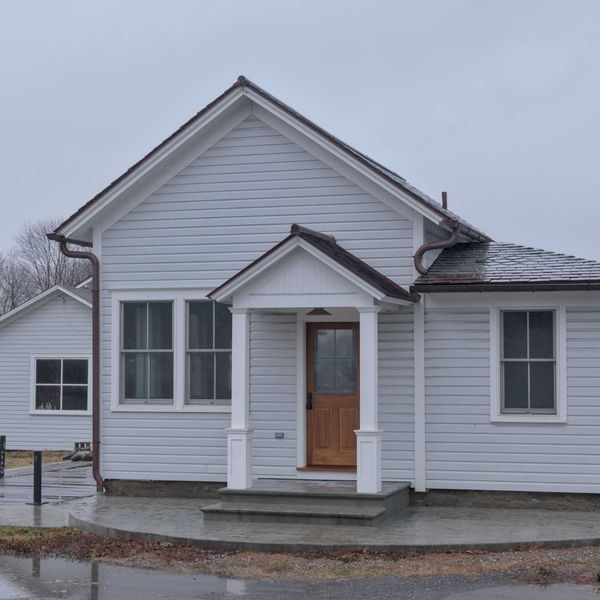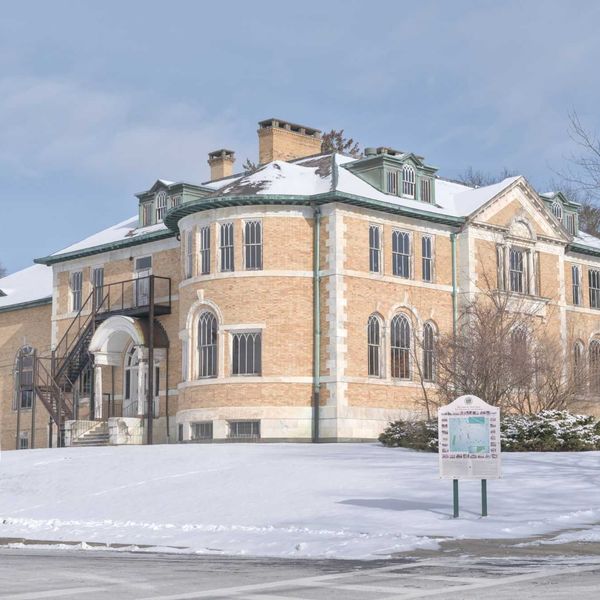Historical Society hosts talk on women’s suffrage movement
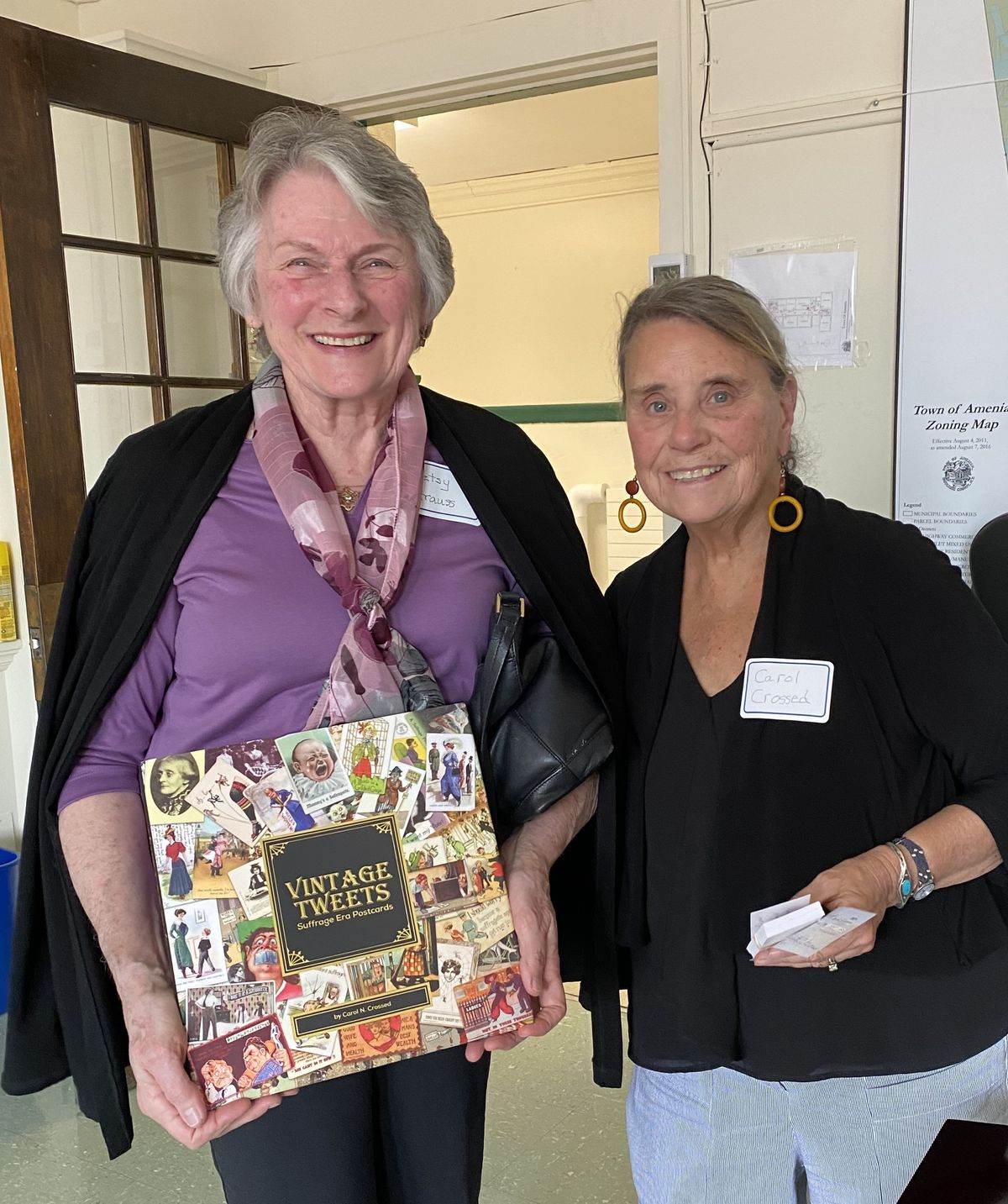
Amenia Historical Society vice president Betsy Strauss, left, visits with author and historian Carol Crossed following a talk by Crossed on her book, “Vintage Tweets” that collected penny postcards promoting the women’s suffrage movement in the 19th and early 20th centuries.
Leila Hawken

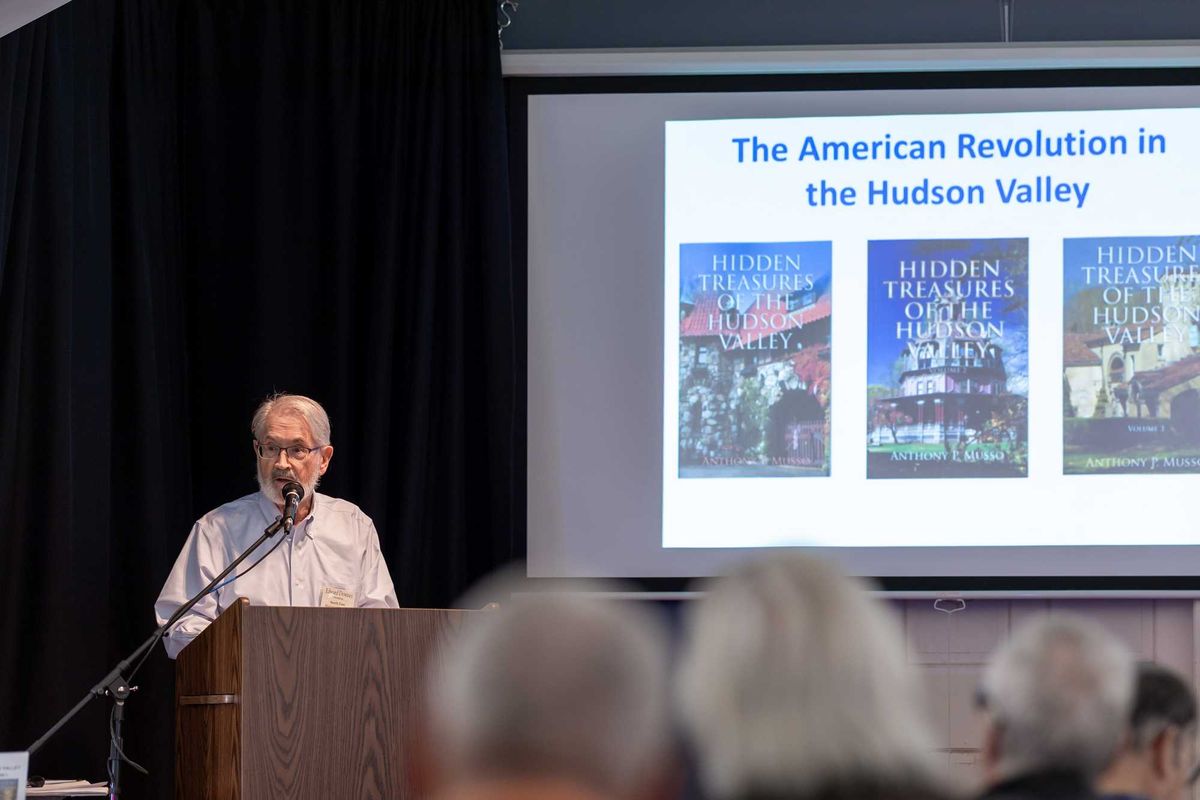
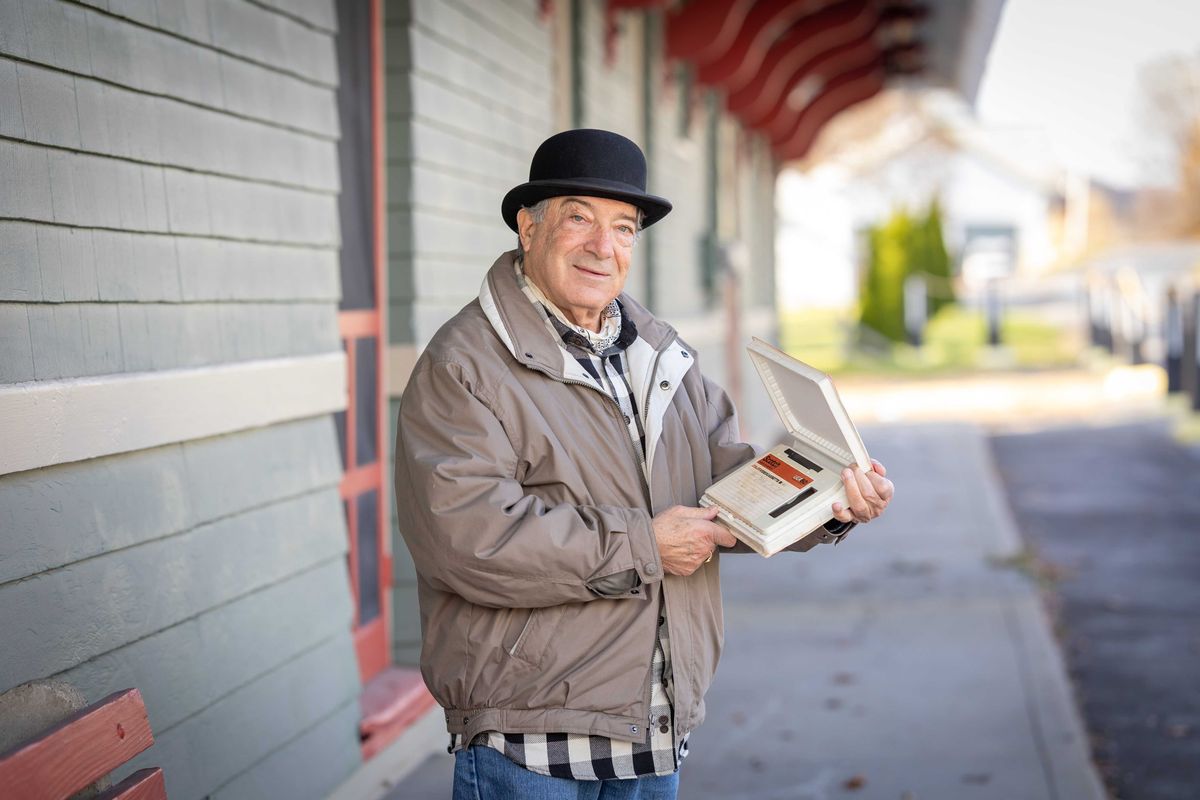

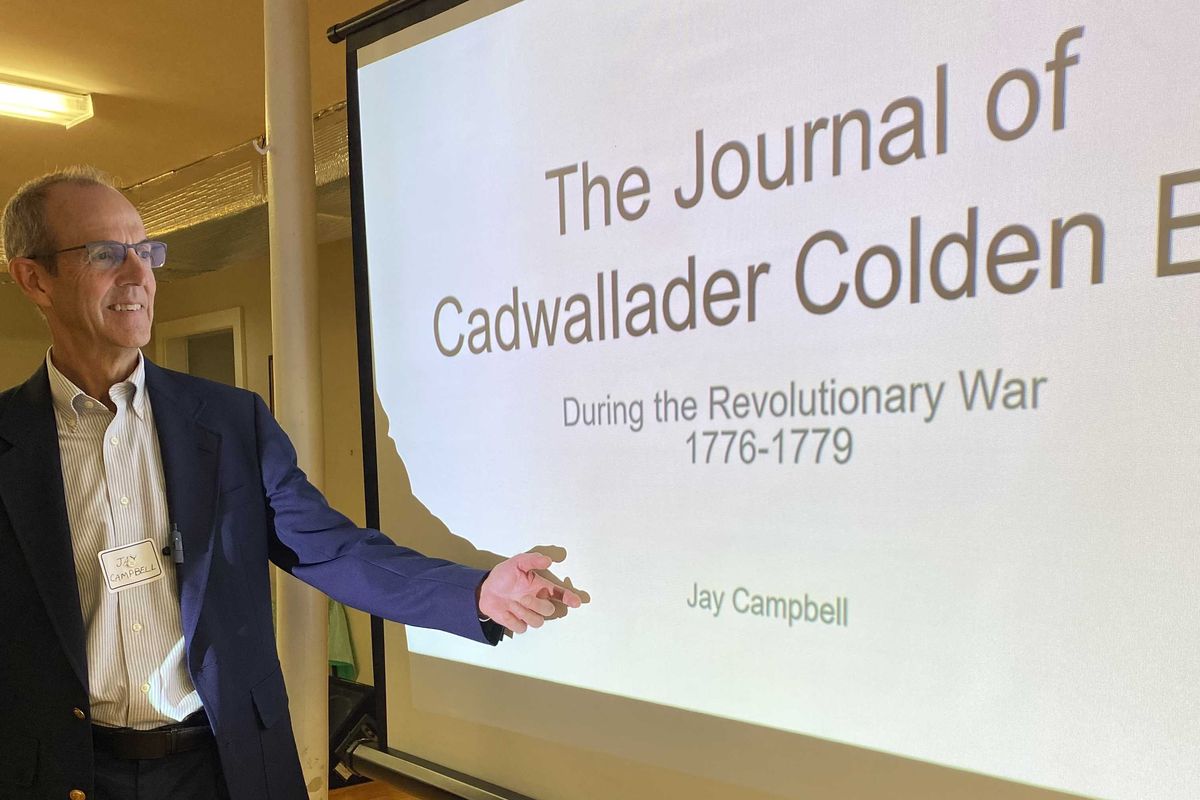
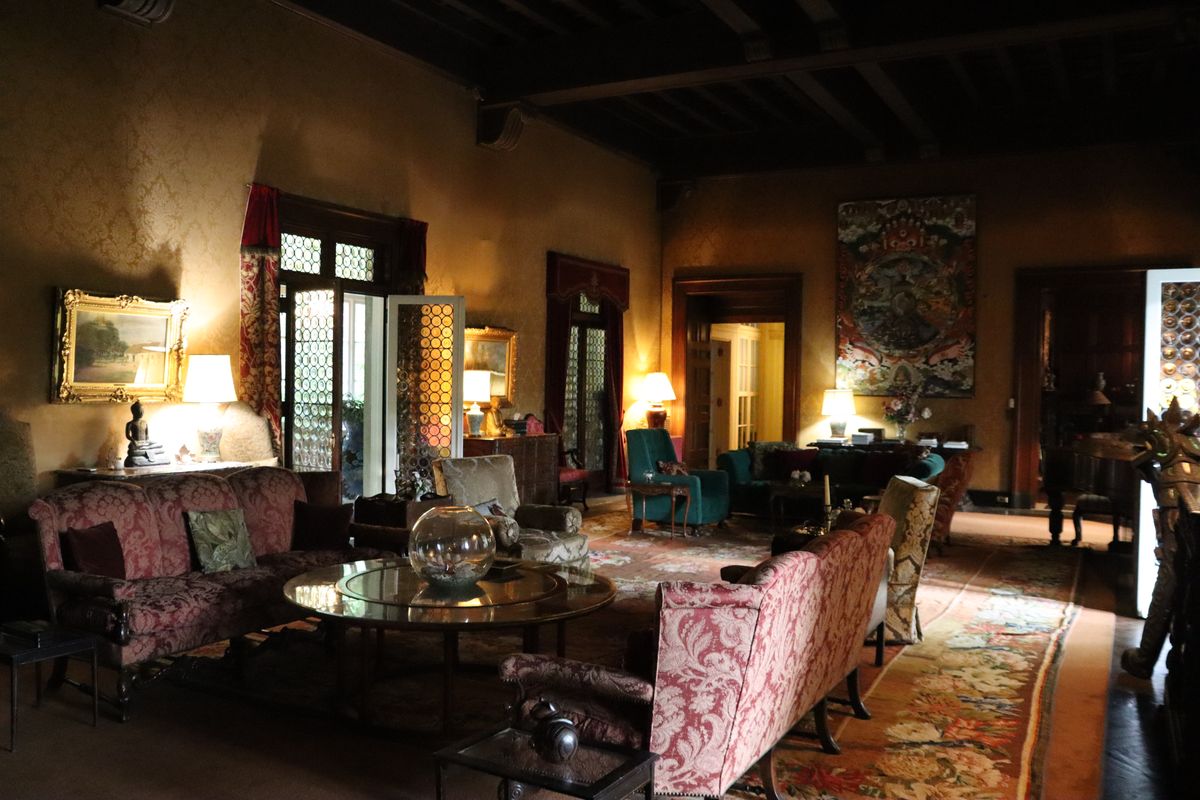
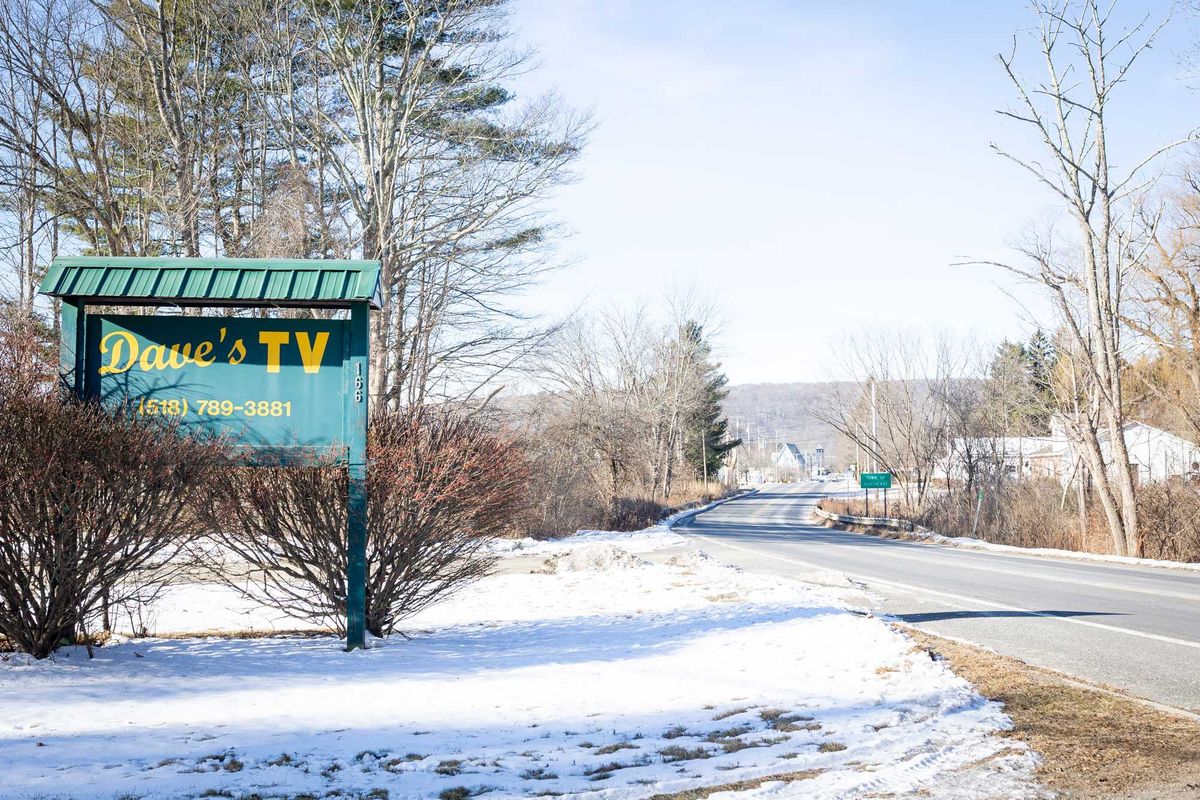


 Max Amsterdam feeds a red panda at the Trevor-Lovejoy Zoo on the Millbrook School campus on Wednesday, Dec. 17. Amsterdam said he became interested in the school's zoo in his freshman year when he watched an older student perform a biopsy on a wolf that had passed away at the zoo.Photo by Aly Morrissey
Max Amsterdam feeds a red panda at the Trevor-Lovejoy Zoo on the Millbrook School campus on Wednesday, Dec. 17. Amsterdam said he became interested in the school's zoo in his freshman year when he watched an older student perform a biopsy on a wolf that had passed away at the zoo.Photo by Aly Morrissey
